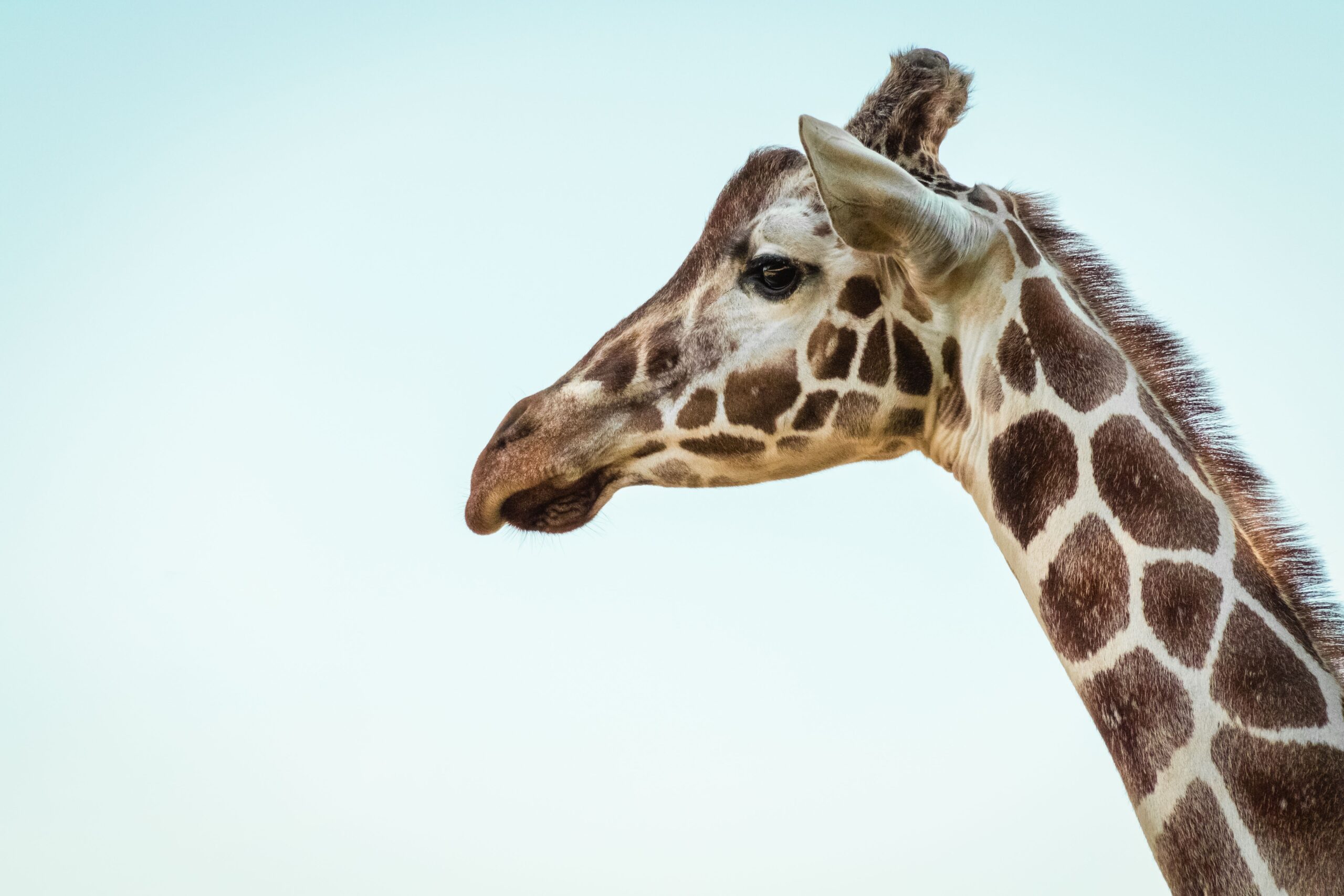This piece was originally published in The Hill.
Animal rights activists and hunters usually don’t see eye to eye. But when it comes to the world’s tallest land mammal, they’re in agreement: Africa’s giraffes are in trouble.
Last week, activists who have proposed listing giraffes under the Endangered Species Act—and sued the U.S. Fish and Wildlife Service to achieve that aim—asked for President Trump’s help in forcing a decision from the agency.
But what the Fish and Wildlife Service and the president must consider is that wild giraffes are largely threatened by war and habitat loss—realities that an endangered listing can do little about. Africa’s armed groups don’t operate under American environmental laws. Additionally, the restrictions on imports of hunting trophies, hides and other products that the ESA often creates can reduce incentives for local communities and landowners to conserve giraffe habitat.
For the United States to play a constructive role in global wildlife conservation it must move beyond unilaterally adopting rules and regulations and pursue real engagement in countries where species like giraffes are found. This means modernizing our approach to conservation and embracing the emerging global consensus that conservation depends on leveraging the private sector investment capable of promoting the peace, stability, and prosperity under which giraffes and other wildlife can thrive.
Something I’ve learned from working with African counter-poaching programs is that conserving the continent’s wildlife requires addressing complex political and socio-economic challenges. These challenges extend far beyond the scope of what single-species conservation efforts, like those advanced under the ESA, can provide.
The extreme threats faced by the giraffe highlight this reality. From Sudan to the Congo to Uganda, giraffes have fallen victim to decades of violent conflict and its collateral damage. In places like South Sudan’s Boma and Bandingilo National Parks, giraffes have been killed on a mass scale to feed government soldiers and rebel armies fighting a protracted war. The fact that a giraffe can provide up to 600 pounds of meat has also historically made it an attractive meal for refugees fleeing South Sudan’s violence, who have been suspected of widespread poaching in Congo’s Garamba National Park since the late 1990s.
Militant groups like the Lord’s Resistance Army have also poached giraffes in the park for their tails, which sell in the regional market for the fly whisks that make up part of traditional marriage dowries. And in Uganda, giraffes are still struggling to hold on in special places like Murchison Falls National Park, where years of insurgency made the park a war zone and poachers’ haven.
As far-reaching as the Endangered Species Act can seem, it is not strong enough to stop war, feed hungry refugees, or build economies where wildlife support livelihoods and are valued. Achieving these things requires supporting America’s African partners working on peacebuilding, humanitarian relief, and economic development.
The newly formed U.S. International Development Finance Corporation is set up to do just that by supporting investment by American companies to achieve the conservation, humanitarian, security, economic and other foreign policy goals of the United States. The IDFC will reduce bureaucratic barriers to U.S. investors seeking access to frontier markets and deliver engagement in ways that are transparent and accountable, and follow strong environmental safeguards. Programs of the IDFC will be able to bring resources to bear where they will matter most for giraffes, a much better path to support conservation of the species than the regulatory approach of the Endangered Species Act.
This is especially true given the act’s tendency to undercut incentives for African landowners to conserve giraffes and their habitat on private property. But using the statute’s power to restrict the importation of hunting trophies and trade in giraffe products would do just that.
More than 13,000 giraffes currently find homes on private ranches and conservancies in southern Africa, a tenuous stronghold for the species, but one made possible only because of the revenue generated by allowing for their sustainable use via hunting, the production of meat for local markets, and value-added products for export.
As evidenced by recent financial commitments by the World Bank to Mozambique’s trophy hunting industry, this kind of market-based approach to conservation is ripe for U.S. investors working in partnership with the IDFC. An endangered listing for the giraffe and the barriers to trade that come with it, however, only risk creating unnecessary obstacles that stand to threaten Africa’s giraffes even more than they already are.




